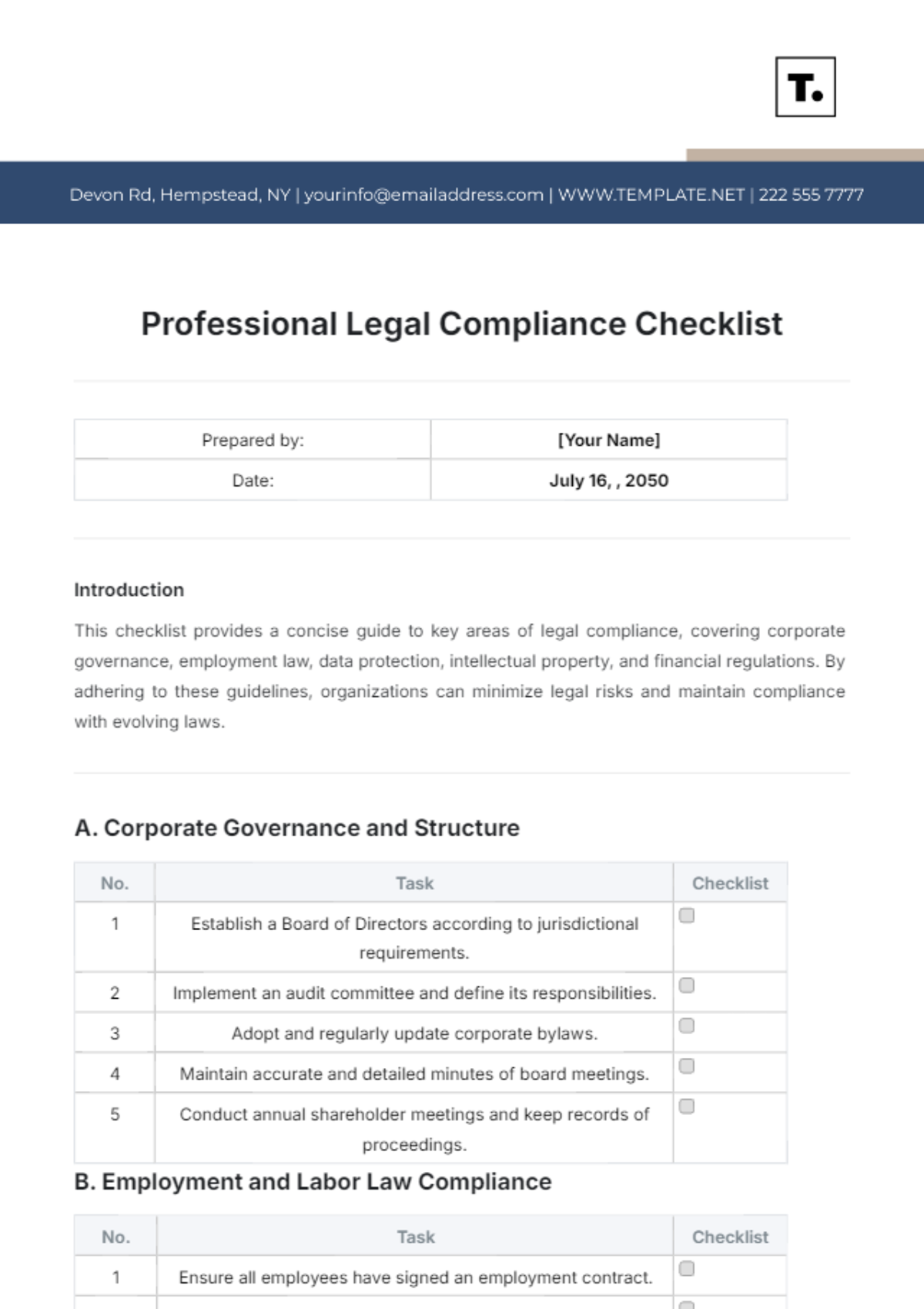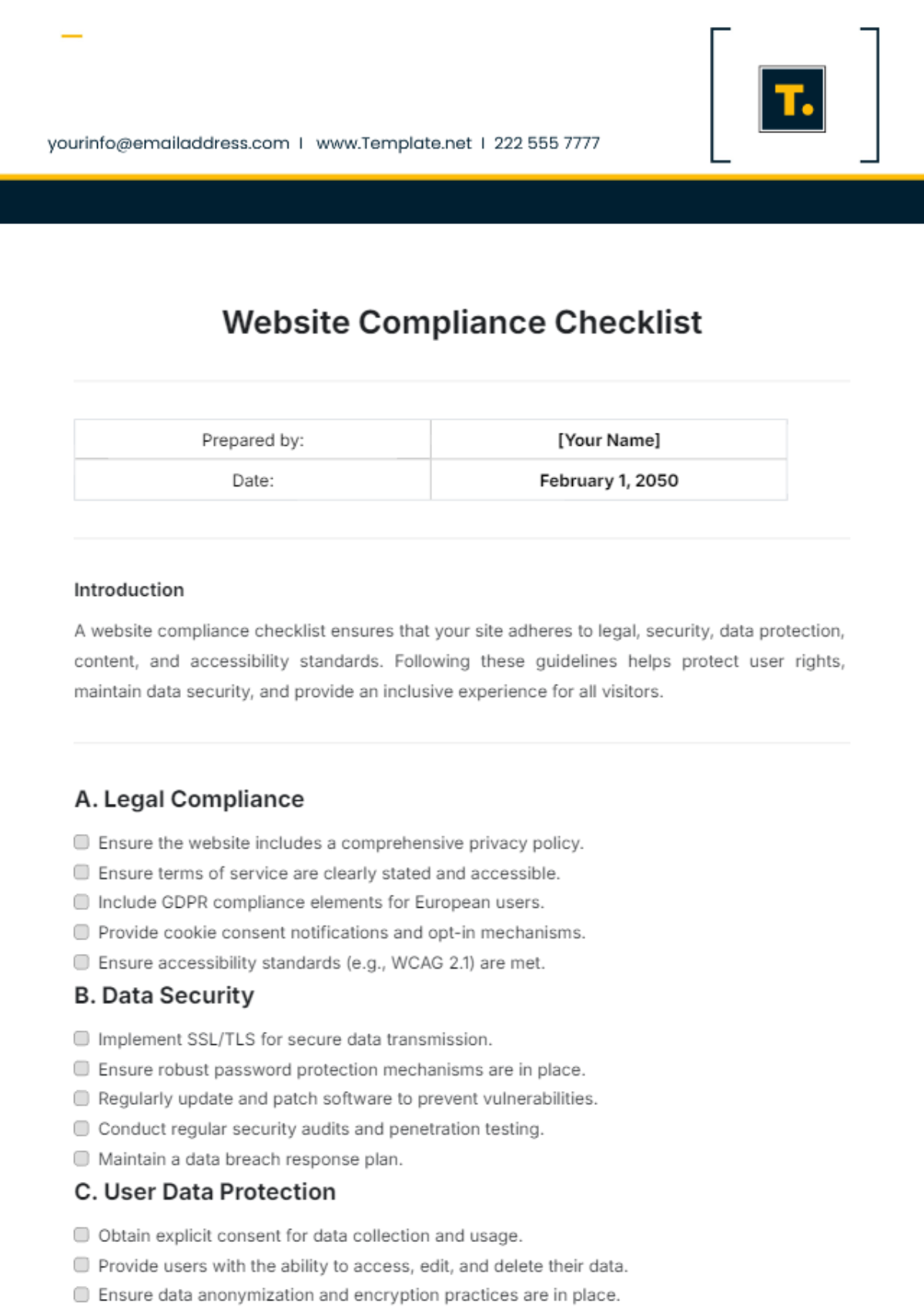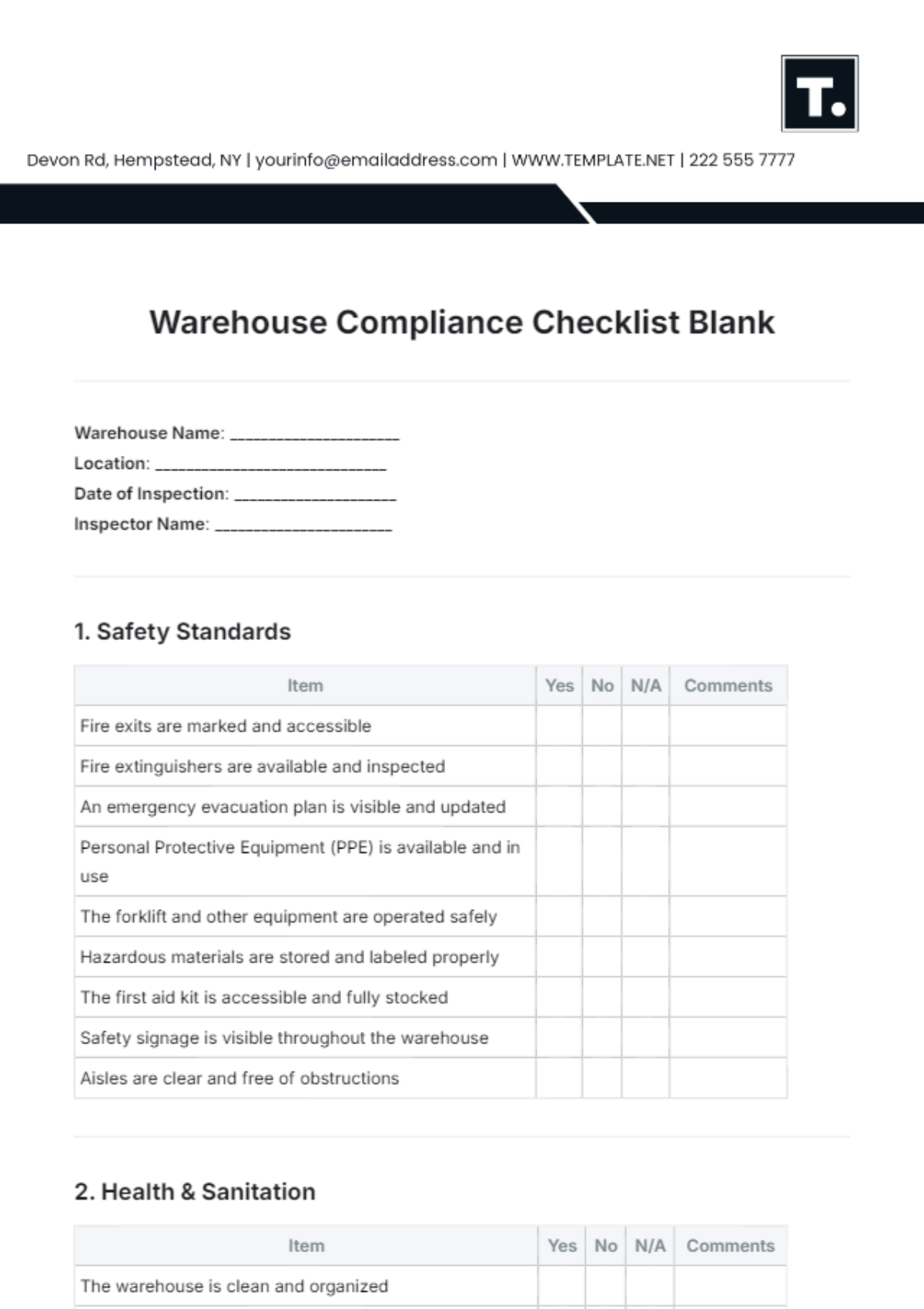Free Nonfiction Summary Checklist Template
Nonfiction Summary Checklist
I. Executive Summary
The [NONFICTION TITLE] summary checklist is designed to assist in the creation of concise and effective summaries for nonfiction texts. This checklist provides a systematic approach to summarizing key points, identifying main ideas, and organizing information in a clear and coherent manner. Utilizing this checklist will ensure that the summary accurately reflects the content of the nonfiction text while capturing the most important elements for readers.
Name: [AUTHOR'S NAME]
Company: [YOUR COMPANY NAME]
Department: [YOUR DEPARTMENT]
Date: [PUBLICATION DATE]
II. Introduction
The introduction section sets the stage for the summary by providing context and background information about the nonfiction text. It should include essential details such as the [NONFICTION TITLE], [AUTHOR'S NAME], [PUBLICATION DATE], and purpose of the text. Additionally, the introduction outlines the objectives of the summary and establishes the criteria for selecting key points to include.
1. Title and Author:
Identify the title of the nonfiction text and the author's name.
Provide publication details, including the publication date and edition (if applicable).
2. Purpose of the Text:
Summarize the main purpose or thesis of the nonfiction text.
Highlight the central themes or topics addressed by the author.
3. Objectives of the Summary:
Clarify the goals and objectives of creating the summary.
Define the target audience and their information needs.
III. Main Ideas and Key Points
The main ideas and key points section focus on identifying the core concepts, arguments, and evidence presented in the nonfiction text. This section serves as the foundation for constructing a comprehensive summary that accurately reflects the content and structure of the original text. By distilling complex ideas into concise statements, readers can grasp the essence of the text without having to read the entire document.
1. Identify Main Ideas:
Identify the main ideas or central arguments presented by the author.
Look for recurring themes, concepts, or points of emphasis throughout the text.
2. Select Key Points:
Highlight specific examples, evidence, or supporting details that reinforce the main ideas.
Prioritize key points based on relevance, significance, and impact on the overall argument.
3. Organize Information:
Arrange key points in a logical sequence or hierarchical structure.
Use headings, subheadings, or bullet points to visually organize the information for clarity.
IV. Summary Structure and Formatting
The summary structure and formatting section provide guidelines for structuring and formatting the summary to enhance readability and comprehension. By following these guidelines, readers can navigate the summary efficiently and extract essential information quickly. Additionally, consistent formatting ensures that the summary maintains a professional appearance and aligns with industry standards.
1. Introduction:
Begin the summary with a brief introduction that provides context and background information.
Include the title, author, publication details, and purpose of the nonfiction text.
2. Body:
Organize the body of the summary into sections corresponding to the main ideas and key points identified.
Use clear and concise language to summarize each point, avoiding unnecessary details or jargon.
3. Conclusion:
Conclude the summary with a brief summary statement that reinforces the main ideas and highlights the significance of the text.
Provide recommendations or insights for further exploration or discussion, if applicable.
4. Formatting Guidelines:
Use consistent formatting throughout the summary, including font style, size, and spacing.
Utilize headings, subheadings, and bullet points to organize information and improve readability.
Proofread the summary for grammatical errors, typos, and formatting inconsistencies before finalizing.
V. Conclusion
The nonfiction summary checklist provides a structured framework for creating effective summaries of nonfiction texts. By following this checklist, writers can ensure that their summaries accurately capture the main ideas, key points, and arguments presented in the original text. Whether summarizing articles, reports, essays, or books, this checklist serves as a valuable tool for condensing complex information into concise and digestible summaries.
Prepared by: [YOUR NAME]

















































